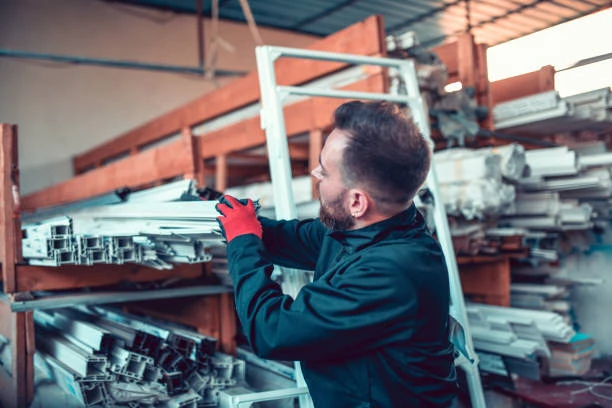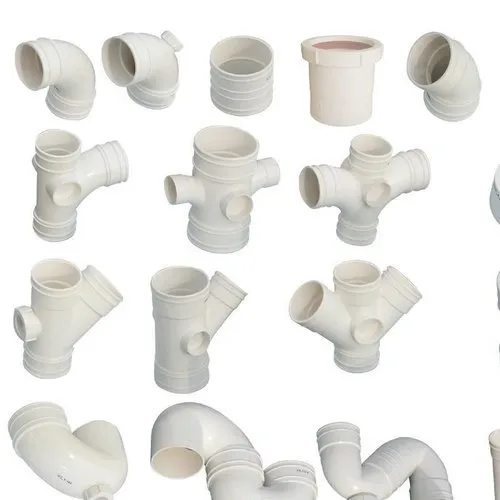In a significant boost to India’s manufacturing landscape, Epigral has officially inaugurated the country’s largest CPVC (Chlorinated Polyvinyl Chloride) factory in Dahej, Gujarat. This state-of-the-art facility marks a milestone in the production of high-performance plumbing and industrial piping systems, addressing the growing demand for durable and efficient solutions in various sectors. This article delves into the significance of this factory, its impact on the industry, and the future of CPVC manufacturing in India.
Understanding CPVC and Its Applications
What is CPVC?
CPVC, or Chlorinated Polyvinyl Chloride, is a thermoplastic that is widely useful for various piping applications. It is popular for its excellent resistance to corrosion, high temperatures, and pressure, making it ideal for plumbing, industrial, and chemical applications. Compared to traditional PVC, CPVC has enhanced thermal stability and can handle higher temperatures, which makes it a preferred choice for hot and cold water systems.
Applications of CPVC
- Plumbing Systems: CPVC pipes are commonly useful in residential and commercial plumbing systems due to their longevity and resistance to scaling and corrosion.
- Industrial Applications: In industrial settings, CPVC is useful for transporting corrosive fluids, thanks to its chemical resistance.
- Fire Sprinkler Systems: CPVC is also widely useful in fire protection systems due to its ability to withstand high temperatures.
- HVAC Systems: CPVC pipes are employed in heating, ventilation, and air conditioning systems for efficient fluid transfer.

The Inauguration of the CPVC Factory
Location and Size
The new factory in Dahej, Gujarat, spans over several acres and is equipped with advanced manufacturing technologies. This facility is necessary to produce a wide range of CPVC products, including pipes and fittings, catering to both domestic and international markets.
Investment and Infrastructure
Epigral’s investment in this factory represents a significant commitment to India’s manufacturing capabilities. The facility features modern production lines, quality control laboratories, and efficient logistics to ensure timely delivery of products. This investment not only enhances Epigral’s production capacity but also contributes to local economic growth and job creation.
Environmental Considerations
The new CPVC factory is imporatnt with sustainability in mind. Epigral aims to minimize its environmental impact by implementing eco-friendly practices throughout the manufacturing process. This includes waste management systems, energy-efficient machinery, and water conservation initiatives.
Impact on the Industry
Boosting Domestic Production
The establishment of India’s largest CPVC factory will greatly enhance the country’s production capacity for CPVC products. This move reduces dependency on imports and positions India as a key player in the global CPVC market. Local manufacturing also fosters innovation and development within the industry.
Meeting Growing Demand
With the rapid urbanization and infrastructural development in India, the demand for reliable and high-quality piping systems is on the rise. The new factory will help meet this increasing demand, providing essential materials for construction, plumbing, and industrial projects.
Job Creation
The inauguration of the CPVC factory will create numerous job opportunities in the region, ranging from manufacturing roles to administrative positions. This influx of employment is necessary to positively impact the local economy and contribute to community development.
Technological Advancements
Epigral’s investment in cutting-edge manufacturing technology will not only improve product quality but also streamline production processes. This advancement will set new benchmarks in the industry, pushing other manufacturers to adopt similar technologies.
Future of CPVC Manufacturing in India
Market Potential
The future of CPVC manufacturing in India looks promising. As the government continues to invest in infrastructure development, the demand for CPVC products is important to grow significantly. The construction of new housing, commercial buildings, and industrial facilities will drive this demand further.
Innovations in CPVC Products
Epigral is committed to ongoing research and development in CPVC technology. Innovations such as joint fittings, lightweight materials, and specialized formulations for different applications are expected to emerge, improving performance and versatility.
Expansion Plans
Following the successful launch of the Dahej facility, Epigral may consider expanding its production capacity further or exploring new markets. This strategic growth will enable the company to better serve its customers and respond to changing market dynamics.
Conclusion
The unveiling of India’s largest CPVC factory by Epigral in Dahej, Gujarat, marks a significant advancement in the nation’s manufacturing capabilities. This state-of-the-art facility will not only meet the increasing demand for CPVC products but also set new standards for quality and sustainability in the industry. As India continues to develop its infrastructure and manufacturing sector, the future of CPVC production looks bright, promising innovation, growth, and enhanced economic opportunities.
FAQs
1. What is CPVC used for?
CPVC is used in plumbing systems, industrial applications, fire sprinkler systems, and HVAC systems due to its corrosion resistance and ability to handle high temperatures.
2. Why is the new factory significant for India?
The factory boosts domestic production, reduces dependency on imports, and meets the growing demand for CPVC products in various sectors.
3. What environmental practices are being implemented at the new factory?
Epigral is focusing on waste management, energy-efficient machinery, and water conservation initiatives to minimize environmental impact.
4. How will the factory impact job creation?
The factory will create numerous job opportunities in manufacturing and administration, positively affecting the local economy.
5. What innovations can we expect in CPVC products?
Future innovations may include enhanced joint fittings, lightweight materials, and specialized formulations to improve performance and versatility.


















